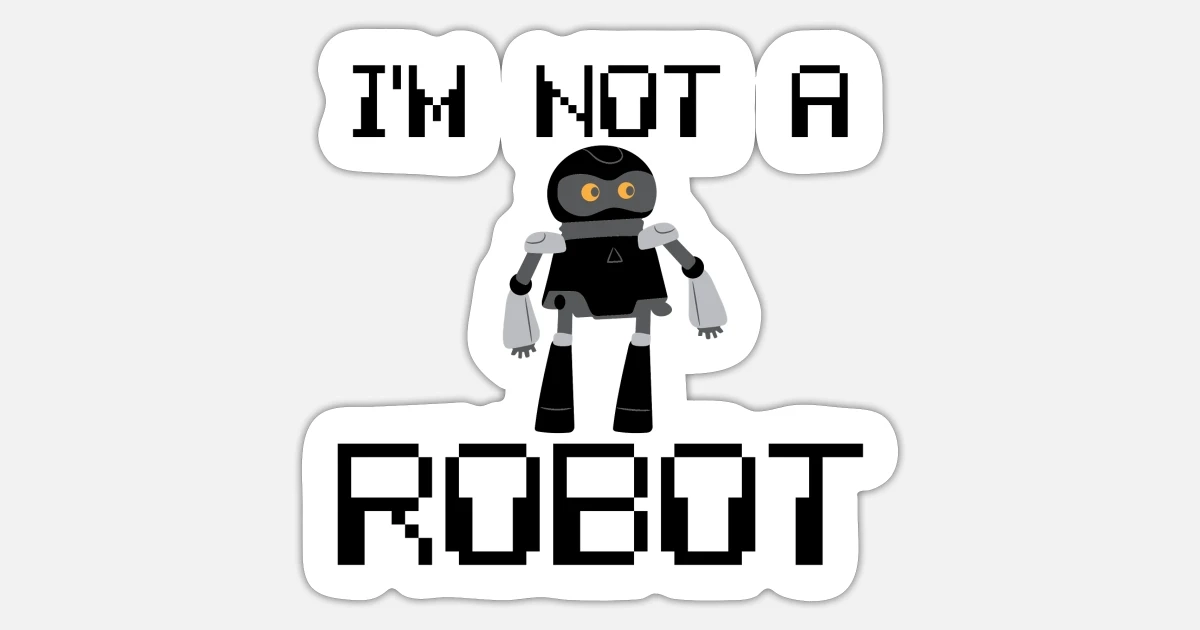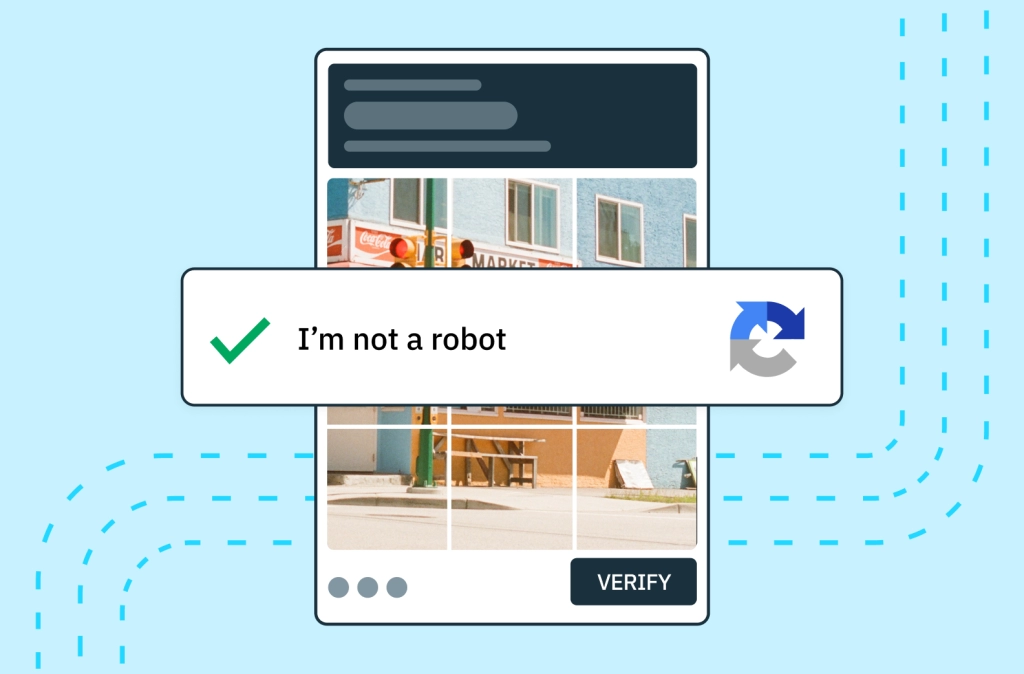What is CAPTCHA? and How Does CAPTCHA Work to Improve Web Security?
Even if you don’t know what a captcha means, it has happened to you that when you have filled out a form on a website, you have come across a combination of letters and numbers that appear in different parts of the website, for example, when paying online. It is shown on the page and asks you to correctly type those letters and numbers in the corresponding box to continue your activity and complete the payment process. But what is a captcha, and how does it help keep the Internet safe? Stay with us to know the answer to this question. In this article, we intend to provide complete explanations of this field.
What is CAPTCHA?
CAPTCHA stands for “Completely Automated Public Turing Test to Tell Computers and Humans Apart.” It is a security tool that distinguishes between human users, bots (usually spammers), and brute-force attacks. CAPTCHAs are challenges created for users to prove they are real people, not computer programs!

It is good to know that due to the advancement of technology, different methods have been developed for CAPTCHA. Typically, CAPTCHAs work on two main principles:
Image recognition: In this type of captcha, the user must recognize images that contain characters, numbers, or other elements and enter them into a form. Algorithms may generate these images, which are solvable for the user but difficult for robots.
Interaction with specified elements: In this type of captcha, the user must interact with specified features in the image, such as operating a toggle lock (slider), passing a particular path, or selecting specific images from a collection. These methods are brutal for robots because they require interaction with particular elements.
Why should you use CAPTCHA?
Websites use the CAPTCHA to prevent bots and automated software. Many bots and computer programs can automatically fill out forms and submit information, which may lead to misuse and hacking of the site. CAPTCHA is used to prevent these incidents. With a captcha applied, only people who can answer the questions or recognize the images related to the captcha can fill out the forms and submit the information. In other words, a captcha is a security and preventive solution to prevent spam and hacker attacks.

Also, using a CAPTCHA can help improve the user experience. If a site does not use a captcha to log in to a user account or register, the probability of bots and automated software entering the system will be higher, which may reduce users’ trust in the site.
In addition, the use of CAPTCHA is recommended due to the following advantages:
- Preventing spam attacks: Bots and spammers can automatically fill out forms and sections of websites and send unwanted and unauthorized information. By using a captcha, these spam attacks are reduced, and website security is increased.
- Prevention of malware attacks: Some bots and malicious tools can penetrate and target website systems using various spells. CAPTCHA, as a security tool, can prevent such attacks.
- Identify human users: Captcha helps websites distinguish human users from bots and scripts. It also allows websites to limit their activities and actions and provide a better user experience for human users.
- Improving the overall system security: Using a captcha can improve the general safety of systems and websites.
Know the types of CAPTCHA!
CAPTCHA is presented as a test, usually video or audio, which is easy for human users to solve but difficult for programs and bots. There are many types of captchas, including character recognition, image recognition, interacting with elements specified in the image, answering simple questions, etc. The kinds of CAPTCHA are:
- Image Captcha: In this type, users must recognize and enter images containing random characters, numbers, or letters into the specified box.
- Text-based Captcha: In this type, users must enter a text, usually legible letters and numbers, into a specified box.
- Voice-based Captcha: In this type, users must identify and enter a voice code generated by voice in the specified box.
- Captcha based on mathematical operations: In this type, users have to solve a simple mathematical function, such as adding or multiplying numbers, and enter the result into the specified box.
- Captcha based on pattern recognition: In this type, users need to specify specific patterns, such as recognizing photos that include a car, traffic light, tick mark, or error tick mark.
These are just a few examples of captcha types, and due to technological advancements, other types and followers of captchas are also constantly being developed and improved.

Some other types of more advanced captchas are:
- Captcha based on human-machine interaction: In this type of captcha, users must act as humans in a two-way interaction with robots. For example, the user may complete part of a sentence that was started by the bot.
- Geo-based captcha: In this type of captcha, users must identify geographic information related to the image or question being asked. For example, the user may enter part of the name of a city or country.
- Captcha based on image recognition: In this type of captcha, users must recognize specific images and enter them into the specified box, such as recognizing images of animals, objects, or unique patterns.
- Captcha based on brain function: In this type of captcha, users must verify their identity by solving brain and cognitive function challenges. For example, the user may predict part of a pattern or series of numbers.
How does a CAPTCHA help keep the Internet secure?
The primary purpose of a CAPTCHA is to distinguish between humans and computer robots. CAPTCHA displays an image or puzzle that is human-readable but difficult or impossible for computer programs. CAPTCHA helps keep the Internet secure by verifying that the user entering the site is a real human being.
In general, CAPTCHA is a useful identity recognition tool that helps prevent some security attacks, such as spam attacks, and some computer attacks, such as programmed attacks by computer bots and malicious programs that can receive sensitive information. For this reason, many websites use CAPTCHA to keep their users’ data safe.

Using a captcha helps keep the Internet secure in several ways:
- Avoiding automation attacks: Bots and scripts may be used to carry out automation attacks, such as fake comment attacks, fake voting, or multiple website registrations. Using a captcha reduces the possibility of bots entering the systems; only humans can get through it.
- Enhancing the security of users’ information: Using a captcha in the registration processes and users’ entry to sites and programs increases the security of users’ information. The fact that only
- Humans can access user information, preventing the intrusion of robots and algorithms.
- Prevention of planned attacks: Reverse Turing Test attacks, where robots try to recognize captchas instead of humans, are prevented by using captchas and providing system security.
Uses and abuses of CAPTCHA
- Prevent bots and spam: Captchas can prevent bots and spam from entering the system in forms, user registration, comment posting, and anywhere else.
- Security protection: Captchas can be used in security systems to prevent unwanted and unauthorized access and protect sensitive information.
- Improve data quality: Captchas can help improve data quality in systems by ensuring that humans and not bots make comments and submissions.
- User security: Captchas can be used to log in to user accounts and online services to prevent unauthorized and fraudulent login attacks.
Improved user experience: In some cases, captchas may be used as a user interface to interact with users in online systems and improve the user experience. For example, captchas can be an engaging and exciting tool to interact with users in registration processes, password recovery, or filling out forms.
Artificial intelligence test: Captchas can evaluate and test artificial intelligence and machine learning algorithms. Solving CAPTCHAs can assess and improve performance in artificial intelligence.
Building training data: Captchas can be used to collect and develop training data for machine learning and artificial intelligence algorithms. By solving captchas, new, clean, and labeled data can be generated to train models.
Addressing accessibility issues: Some people have accessibility issues such as blindness, physical disabilities, or hearing problems. Captchas can be used to create accessibility solutions for these people, for example, by providing readable captchas using image, sound, or touch interactions.
But you may wonder if it is necessary to use a captcha. In response to this question, it is good to know that some sites can require a CAPTCHA. This mechanism is generally used to prevent spam attacks, misuse of services, intrusion attempts, and other unauthorized activities. Also, a captcha can provide more secure online interactions and user authentication.
However, captchas may still annoy some users and reduce the user experience. For this reason, some sites use alternative methods such as human-related exercises, straightforward questions, or applying time limits to verify users’ identities instead of CAPTCHAs.
Ultimately, using a captcha and other security mechanisms for your site depends on your specific security needs and risks, and should be decided based on your site’s nature and goals.
How to create a captcha on the site
Creating a captcha on the site can be done in several ways. Below are several standard methods for making CAPTCHAs:
- Use of ready-made libraries and tools: Many ready-made libraries and tools for developing websites and online systems offer facilities for creating captchas. These libraries and tools usually provide different methods for creating CAPTCHA images, generating random codes, and checking user responses.
- Captcha manual design: In this method, a designer or graphic artist manually designs an image or sound. The image or sound can include characters, numbers, signs, or unique patterns the user must recognize and enter into the system.
- Use of complex image recognition techniques: Some CAPTCHA systems use advanced image recognition techniques such as object recognition or pattern recognition. These techniques automatically generate and validate CAPTCHA images.
- Use of mathematical and cryptographic methods: Some CAPTCHA systems use mathematical and cryptographic techniques to generate random codes or particular patterns for the user, who must solve them to prove their entry.
In general, a CAPTCHA is one of the most widely used methods in Internet security. It helps websites and online services to protect against robotic attacks and unauthorized actions and improve the user experience for human users. Therefore, CAPTCHAs are an effective security tool to prevent unauthorized access to services and websites.
However, it should be noted that CAPTCHAs may also be annoying for human users and affect the user experience. Therefore, programmers and web designers should design captchas to improve the user experience in addition to security.

